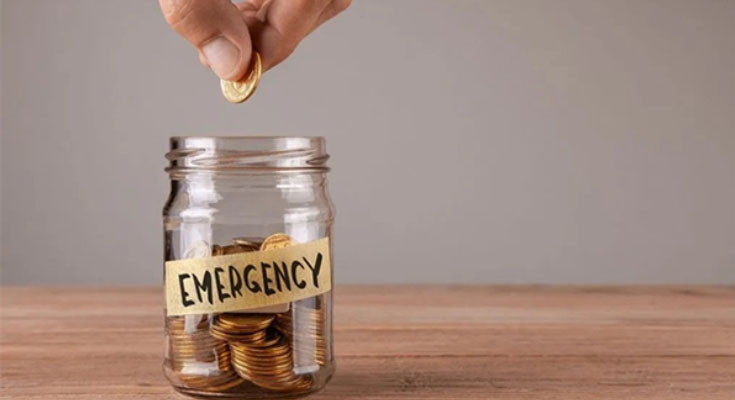Everyone knows that it’s important to have a solid monthly budget. Unexpected expenses can easily derail it, though, if you’re not careful. To protect your finances, you need savings that you can dip into when sudden issues arise. Here are some tips for building a functional emergency fund.
Set Reasonable Goals
Start with your existing budget. If you already have a savings plan built into it, consider reallocating part of that monthly commitment to a separate savings account. That way, you keep the money you’re saving for planned extra expenses such as vacations or gifts separate from your emergency fund. Divide all your expenses into essential and nonessential categories. This can reveal more money available to build up your emergency fund more quickly. Eventually, it’s a good idea to have the equivalent of at least three months’ salary saved up. If the emergency forces you to take a sabbatical from work, you are prepared.
Divide Into Monthly Plan
Every time you set a long-term goal, you also need to outline the short-term benchmarks that will get you there. If, for example, you want to build a $15,000 emergency fund within the next two years, you need to plan to save at least $625 a month. Putting a little extra in the account will get you there faster, of course, as will choosing a savings account with interest. It’s best to plan as if you cannot rely on these factors, though. Divide the total you want to save by the number of months until you reach the goal, and stick to that budget.
Avoid Using the Fund If Possible
A solid emergency fund cannot be built in a day. Unexpected expenses may still arise before you meet your savings goal. Personal installment loans may be able to cover these costs without depleting the progress you have made thus far. To choose the loan that is right for you, look at what former or current customers say about them. For example, MaxLend reviews reveal that you can trust the company with your immediate financial needs.
Find Alternative Ways To Save
There are other ways to build an emergency fund besides just budgeting for it. There are several ways you can funnel extra money into savings:
- Tax refunds
- Savings apps
- Selling unwanted items
- Cash gifts
It can be very tempting to spend money that you weren’t expecting, but it’s important to keep your financial goals in mind. If you have extra cash from any source, such as a surprise gift or MaxLend loans, you can use it to build up your emergency fund so that you can reach your savings goal more quickly.
The prospect of saving enough money to have a workable emergency fund may seem daunting at first. With practical goals and a reasonable time frame for achieving them, though, you may see the account balance grow more quickly than you expect. Having money set aside for unexpected expenses is one of the best ways to keep your budget on track.





